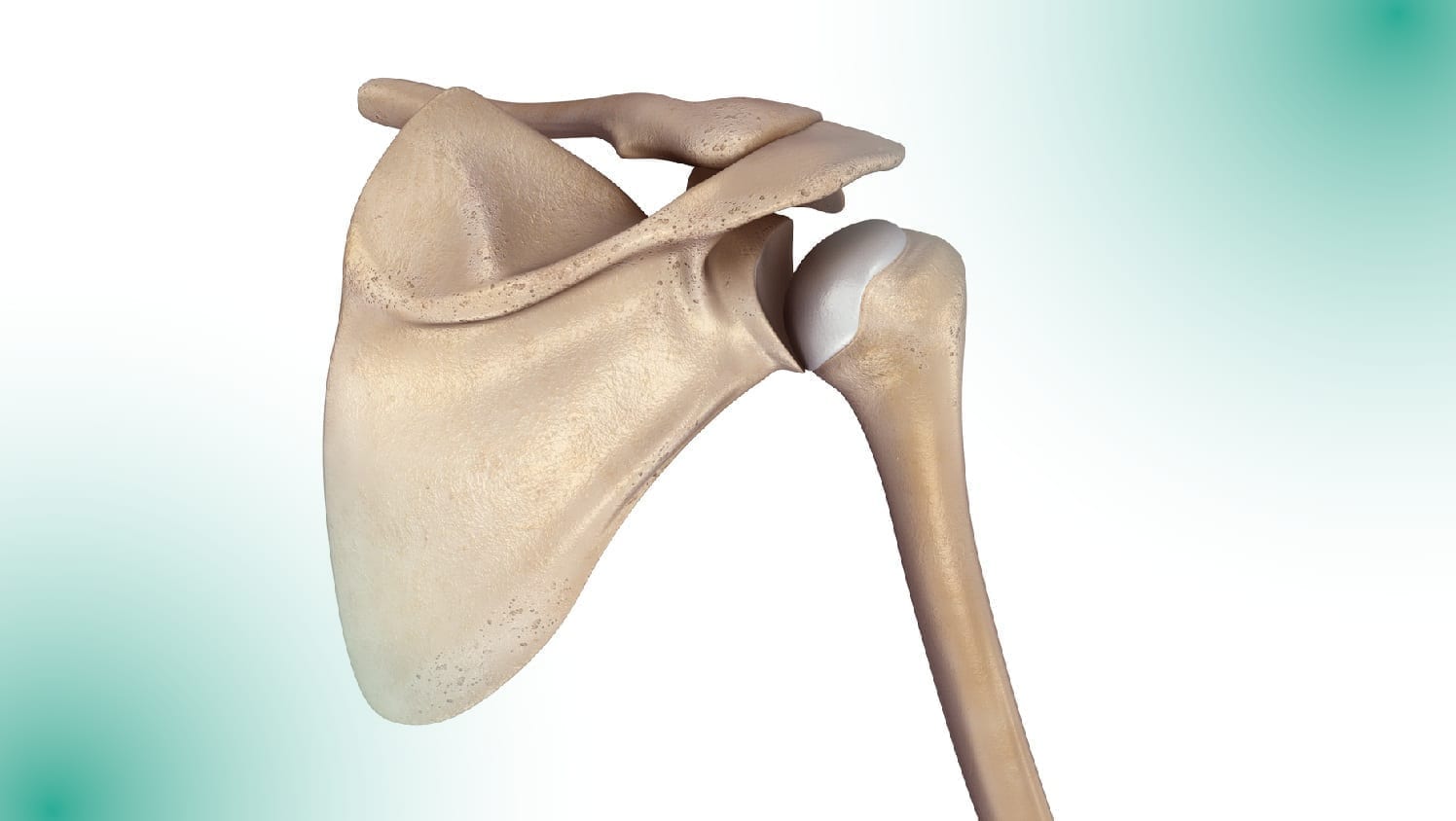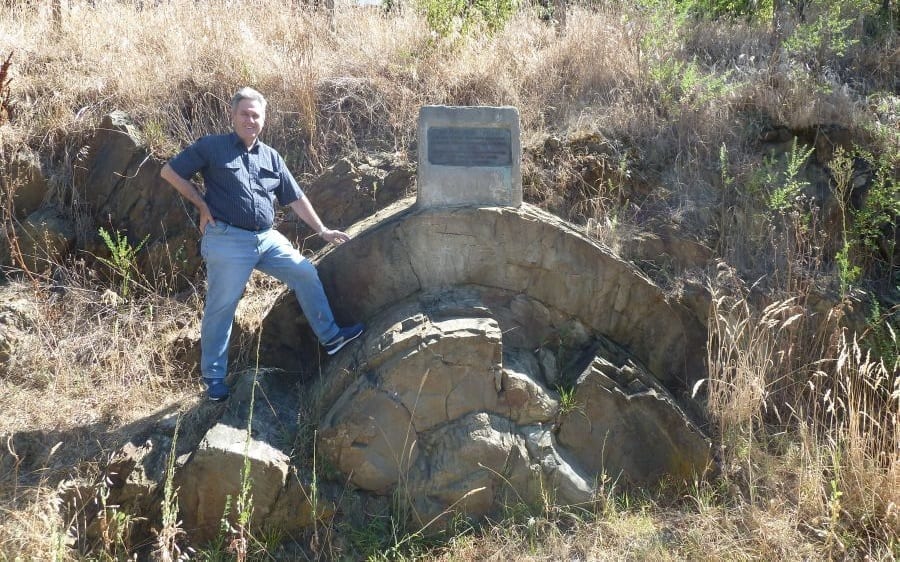[Originally published as The Ball & Socket Joint]
The ball and socket joint is often used in engineering applications where restrained multi-axis motion between two components is required. The joint is also present in vertebrate animals as well as in humans.
How it first came to be in the devices and machines of men has been lost in antiquity, but it wouldn’t be surprising to learn that it is another example of biomimicry. Biomimicry is the field of endeavor where humans take the designs of God found in living things and beneficially apply the designs to various inventions, mechanisms, and processes.
As a mechanical engineer, I have often been involved in the use of the ball and socket joint in designs for machinery. For example, in the log-handling machine shown below, we used ball bushings in the hydraulic cylinder end connections to avoid rotational binding as the cylinders extended and retracted.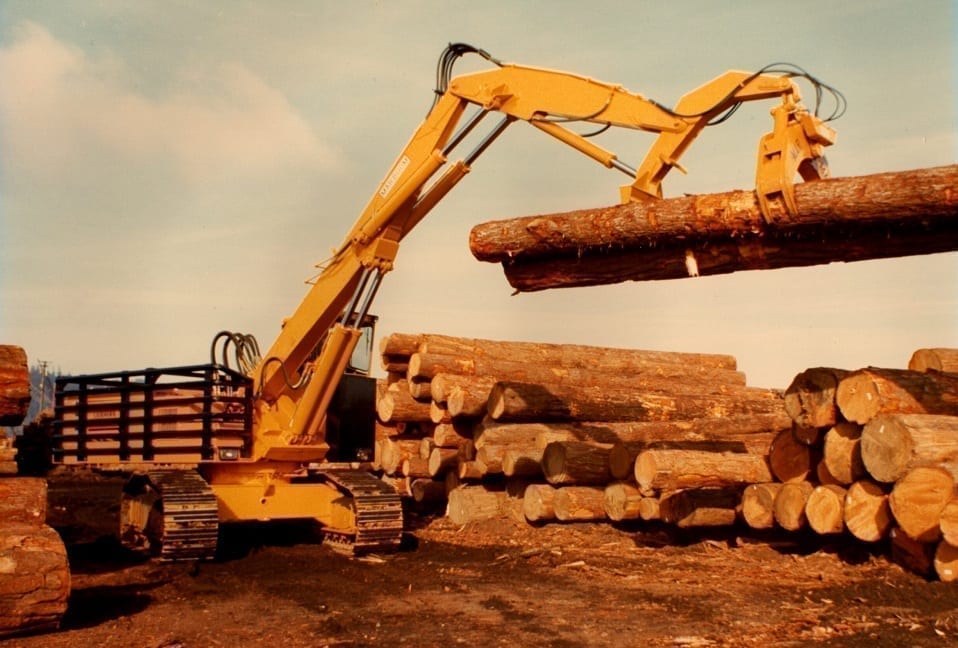
In the manufacturing of trailer hitches and trailers, we found that ball-type couplers were the best option for connecting the trailer to the tow vehicle. This connection allows maximum lubricated rotation as well as sufficient pitch motion between the two joint components.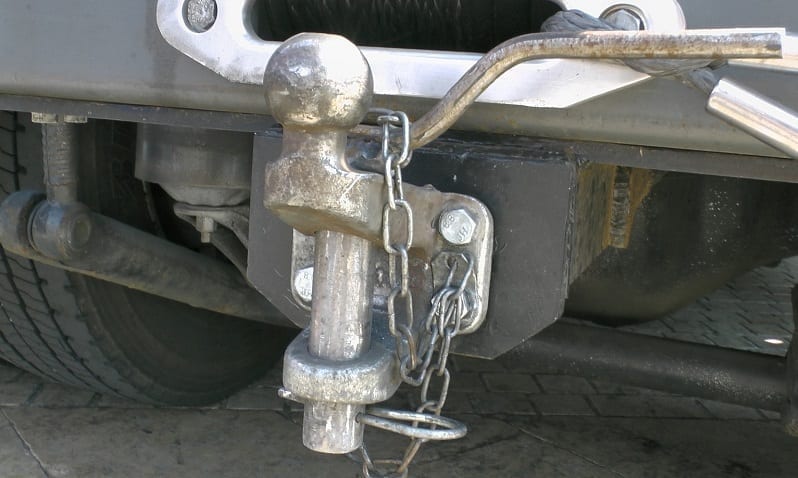
Anyone who owns an automobile is likely to have been introduced to the complexities of the typical ball and socket steering linkage.
These types of devices, and hundreds more like them, are essential to the operation of many things used throughout numerous industries. Not everything can be solid state, even in these days of high-tech electronics!
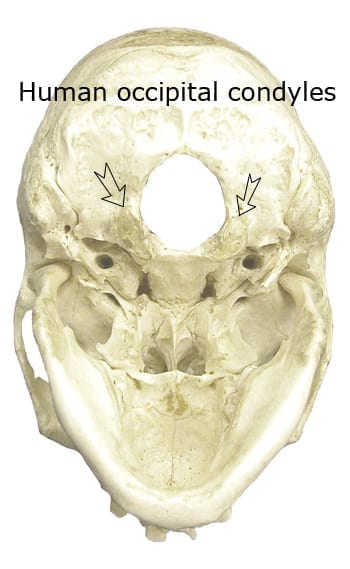
The first thought of most people when the use of the ball and socket joint in human bodies is considered would be the hip joint. God also used the ball and socket joint in His design of the human shoulder. Without the incorporation of the ball and socket joint into the human skeleton, our range of motion for our legs and arms would be severely restricted, to say the least!
Now I want to look at the occipital condyle. In reptiles, birds, and dinosaurs the occipital condyle joint between head and body integrates the ball and socket design. But, the ball and socket is not used in mammals, modern amphibians, or humans. In the base of the human skull there are two kidney-shaped protuberances of the occipital bone that articulate with the facets of the atlas vertebra. While we do have the ability to turn our heads and nod up and down, our motion is comparatively restricted by this design.
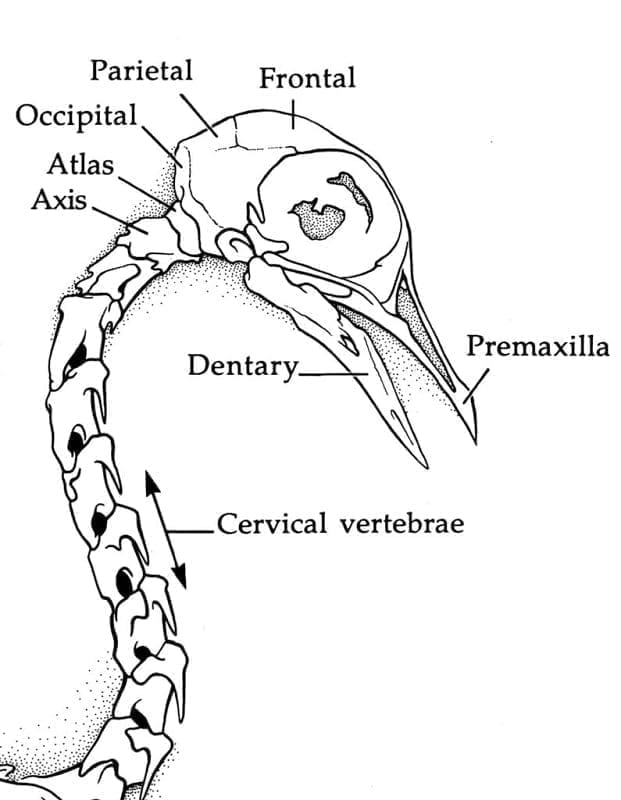 In birds, there is a similar connection between the skull and the atlas bone at the end of the backbone. But for most birds instead of two occipital condyles there is only one. This knob-like protuberance juting out from the occipital bone.
In birds, there is a similar connection between the skull and the atlas bone at the end of the backbone. But for most birds instead of two occipital condyles there is only one. This knob-like protuberance juting out from the occipital bone.
So far as I can determine, the single occipital condyle design was used in the vast majority of dinosaur head-to-body connections. The occipital condyle ball can be seen in views of the replicas of the Velociraptor, the Camarasaurus, and in Archaeopteryx.
It is a fact that the skulls including the occipital condyles of the Velociraptor dinosaur and the Archaeopteryx are pretty much identical, except for size. Nevertheless, this fact has not proved sufficient to settle the controversy over whether Archaeopteryx is a bird, a dinosaur, or a mosaic.
I think the most interesting dinosaur occipital condyles are those attributed to the Horn-Faced kind. This is because these fossils are quite often found in the sediments separated from the skull. The next two images following are reminders of the Horn-Faced design and what a fossil occipital condyle looks like when still attached to the skull.
I have seen several Horn-Faced dinosaur occipital condyles and have collected one. As is oftentimes the case, these examples show evidence of the forces that were in place during the Flood where these animals were disarticulated and severely thrown about.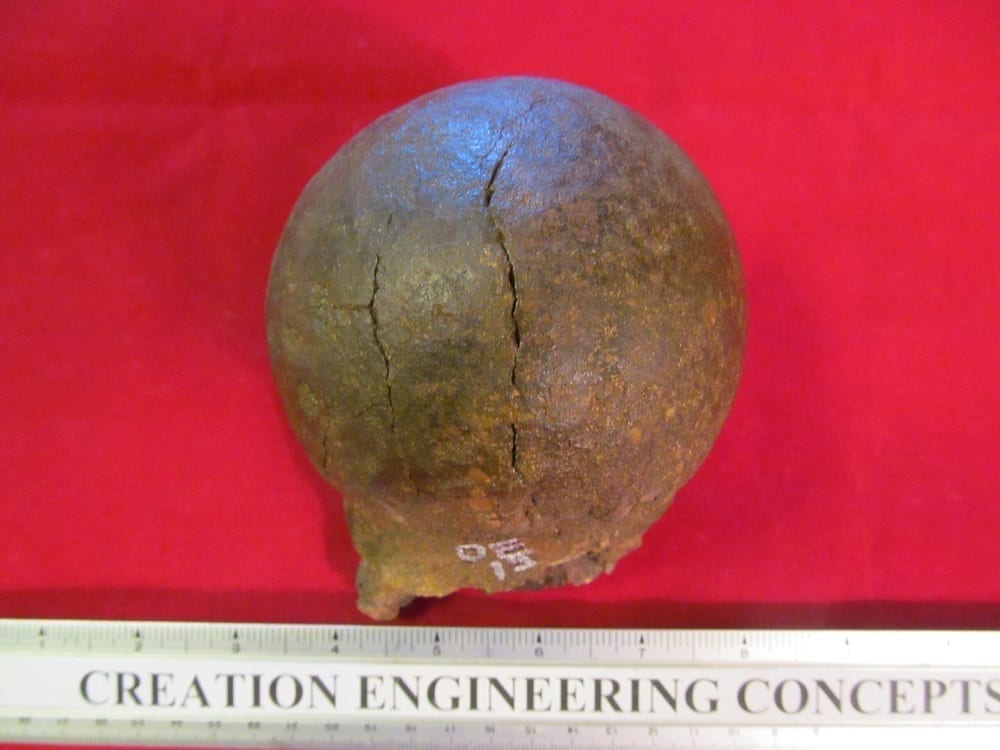
You can see that in the ball and socket connection there would have been quite a bit of skull motion allowed for the massive skulls on these animals. The sample above is 4” in diameter, totally permineralized, and extremely smooth-surfaced.
Evolution or Design?
Again, in this discussion of creation engineering, we question the assumptions of evolution. Why would mammals and humans lose the single occipital condyle as they evolved onward and upward?
Doesn’t it make more sense that each head-to-body design was engineered for the specific combinations of features needed in each animal kind, as well as in the human? As an engineer, this would make sense to me!

